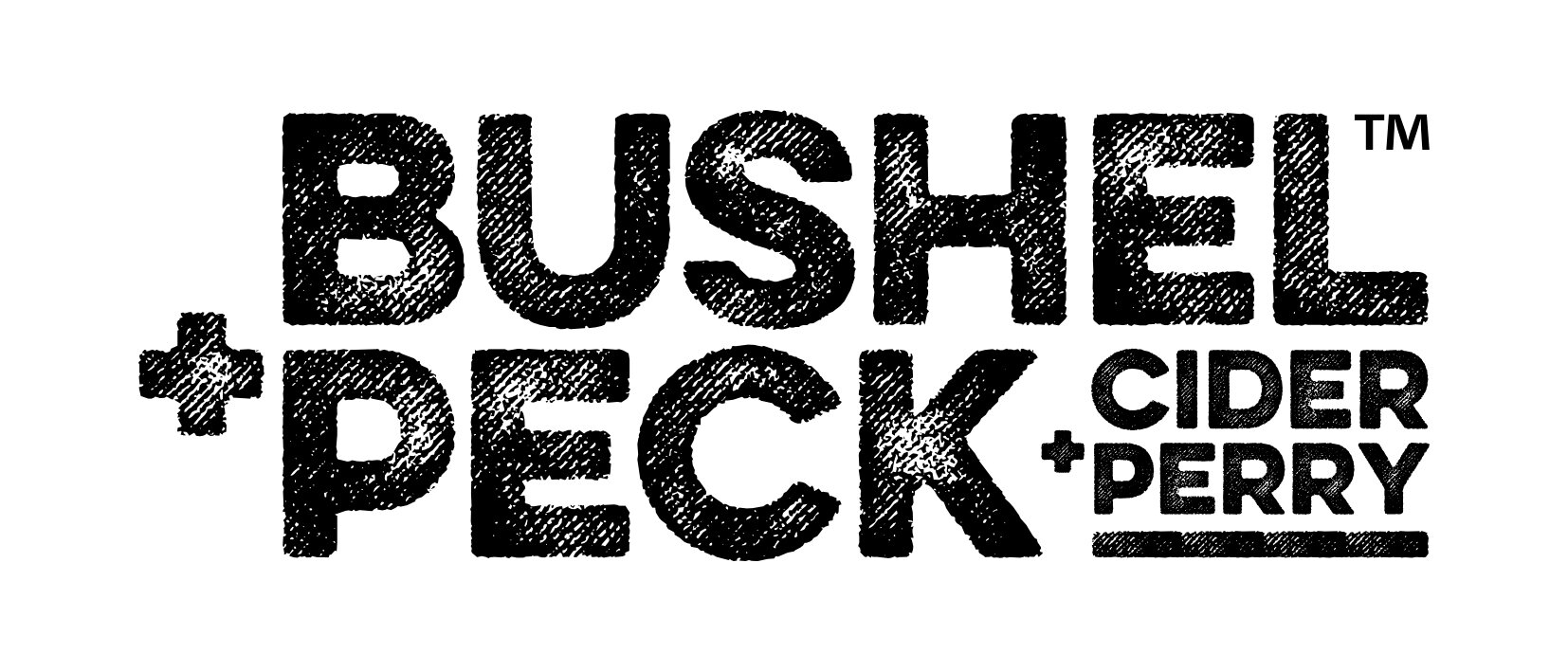A variety of varieties ...
How best to describe lichen? Not beautiful, at least not in a conventional sense, certainly not colourful, not exactly hidden but often unnoticed. Perhaps they should be compared to all those people in large organisations who actually get most of the work done but don’t seek or get the credit, in contrast to more visible but less useful colleagues. Unsung heroes.
Advantages …
Anyway, lichen are useful. For a start, they take care of their own food production so are net contributors to their ecosystems. They give rather than take. It’s always good to have stuff (and people) like that about.
More significantly, they add nitrogen to ecosystems; many (not all) types of lichen absorb nitrogen from the atmosphere and secrete it into the soil, from where it will benefit the host tree. Nitrogen is an essential nutrient for plant life and not many organisms add nitrogen to an ecosystem, but lichen do. They are important in the formation of soils - the acids they secrete help to break down rocks and minerals. They are colonising organisms, meaning they are often the first organisms to live in a new ecosystem. They provide homes for insects, arthropods and other small invertebrates. Some birds use lichen to build their nests and that which is ignored by birds is used by small mammals to furnish their burrows, as it’s absorbent, flexible and soft (so rather like a leading brand of loo paper). And if not used for construction or furnishing, lichens are a source of food for some birds and small mammals.
Not a bad curriculum vitae for something so unobtrusive. And that’s just the natural world. Lichen are used for medicinal purposes in some parts of the world, and also as dyes. Moreover, they are canaries; being intolerant of pollution, their absence or demise is an indication that air quality is poor or declining.
Disadvantages
None.
Lichen and traditional orchards
There is lots of evidence that different lichen live on different varieties of fruit trees. For example, one study showed that Laxton’s Fortune attracted, or hosted, more and different types of lichen than Cox’s Orange Pippin. The greater the variety of fruit trees, the greater the variety of lichen; the greater the variety of lichen, the greater the variety of life that depends on, or uses, lichen.
Being cider-makers, we like orchards, to the extent that we may even say that there’s no such thing as a bad orchard. But some orchards are better than others and best of all are traditional orchards with old, gnarled trees and containing a variety of fruit varieties; the antithesis of monoculture. The sort of place where we like to get the fruit we use to make Bushel+Peck … and that has lots of lichen.
And if you’ve read this far, thank you.



